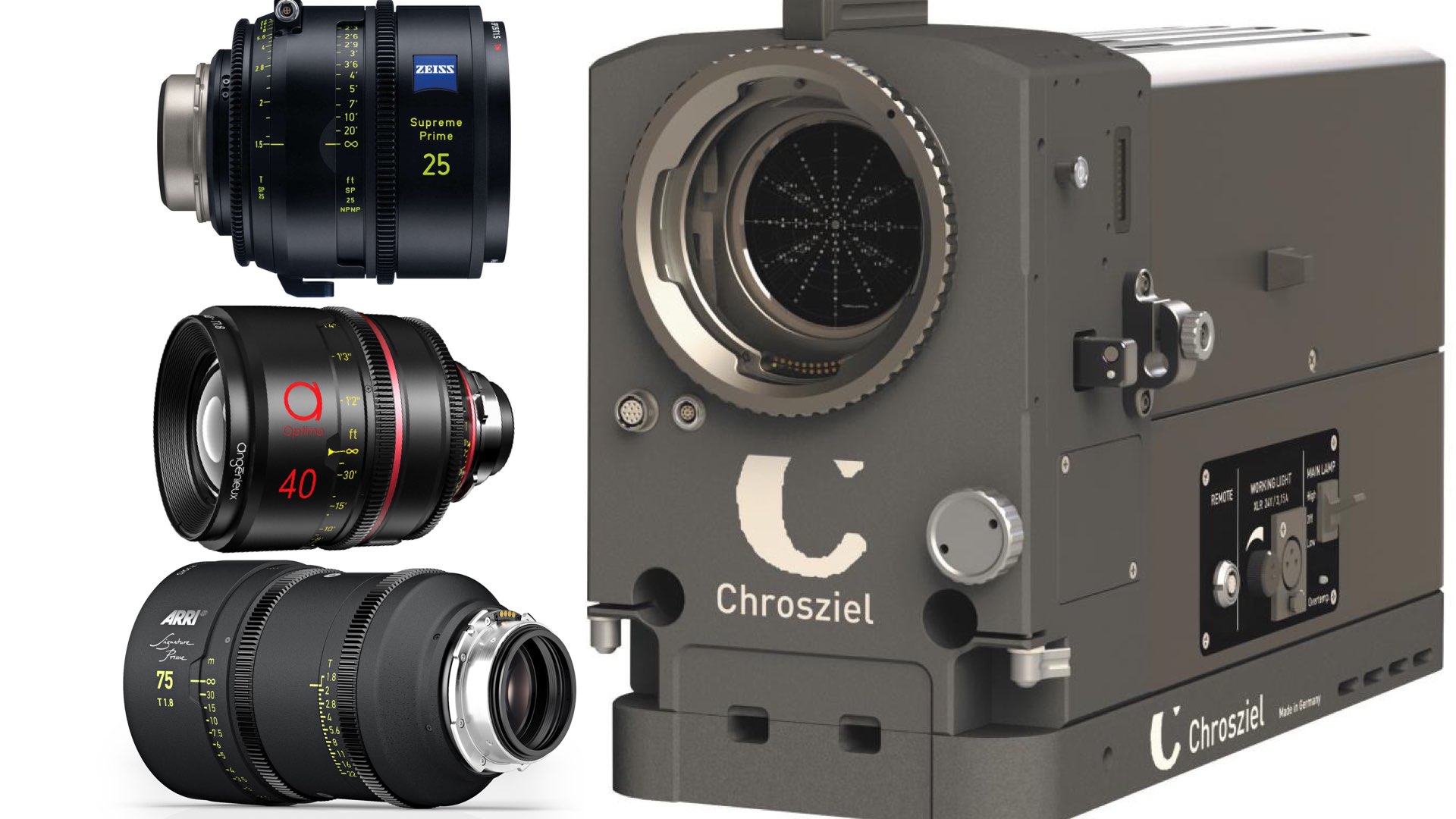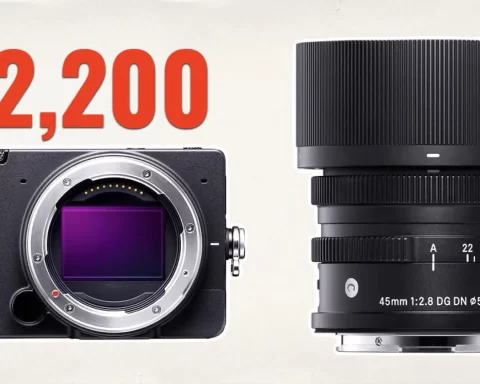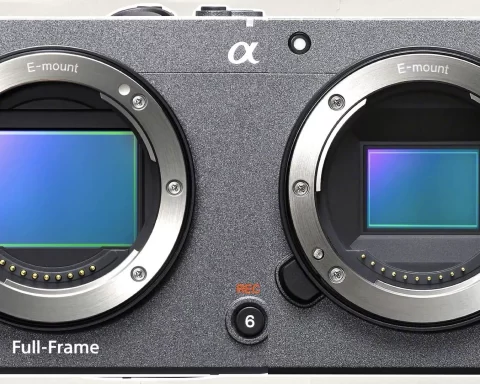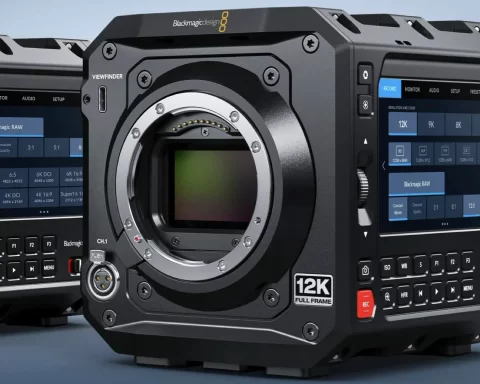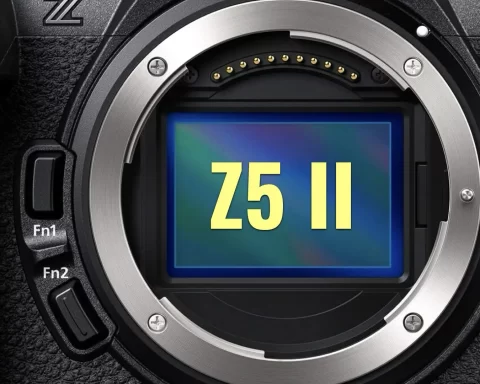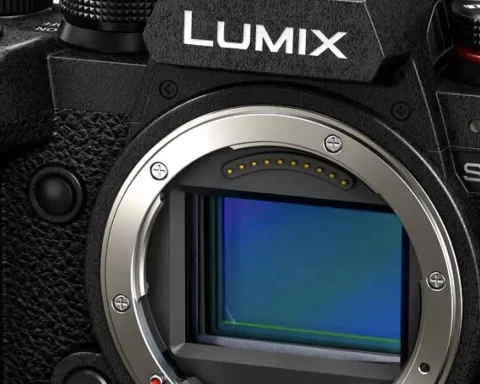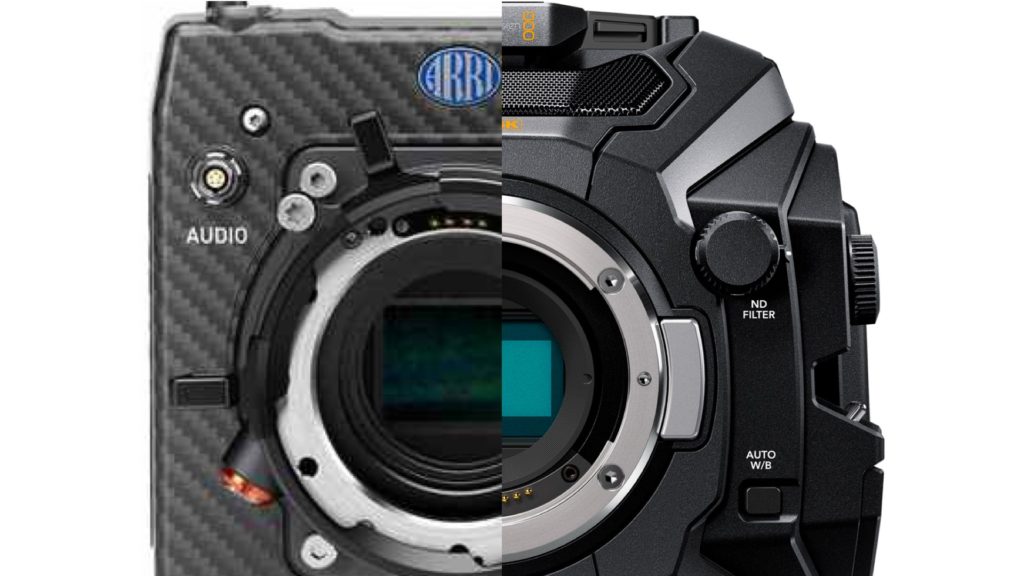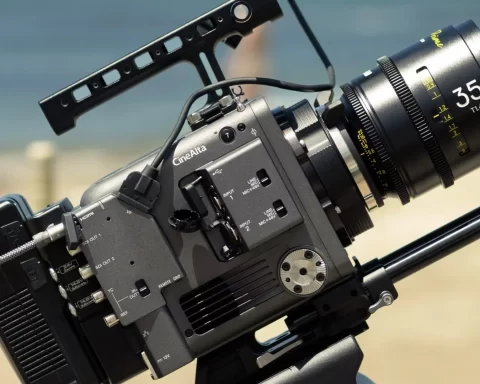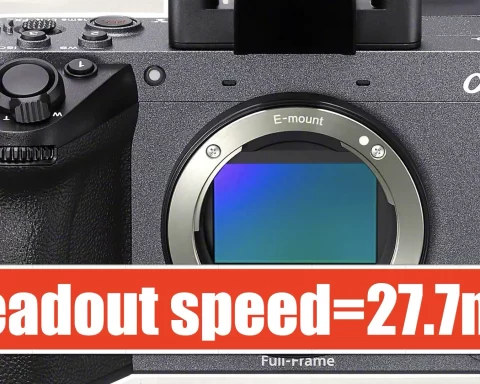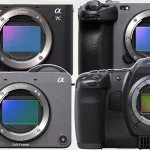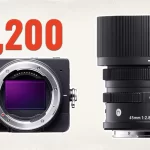At the last CineGear, Chrosziel, which is a company that specializes in lens examination, hosted a Lens Projection Master Class dedicated for large format lenses. Read below about how professionals test their precious cinema glass.

Examination of cinema lenses
Let’s suppose you’re considering to use cinema glass in your production. That’s an expensive piece of glass with a massive impact on your storytelling. How should you check your lens characteristics? What’s the best methodology to verify parameters like breathing, vignetting, coverage, and sharpness? Of course, you can examine those by attaching the lens to the camera and start shooting, or by using dedicated charts. However, those methodologies are less mathematically and empiric. Furthermore, the camera has a significant impact on the results. Therefore, a valid examination would be a test that neutralizes the camera factors.
For these purposes, we have lens projectors.
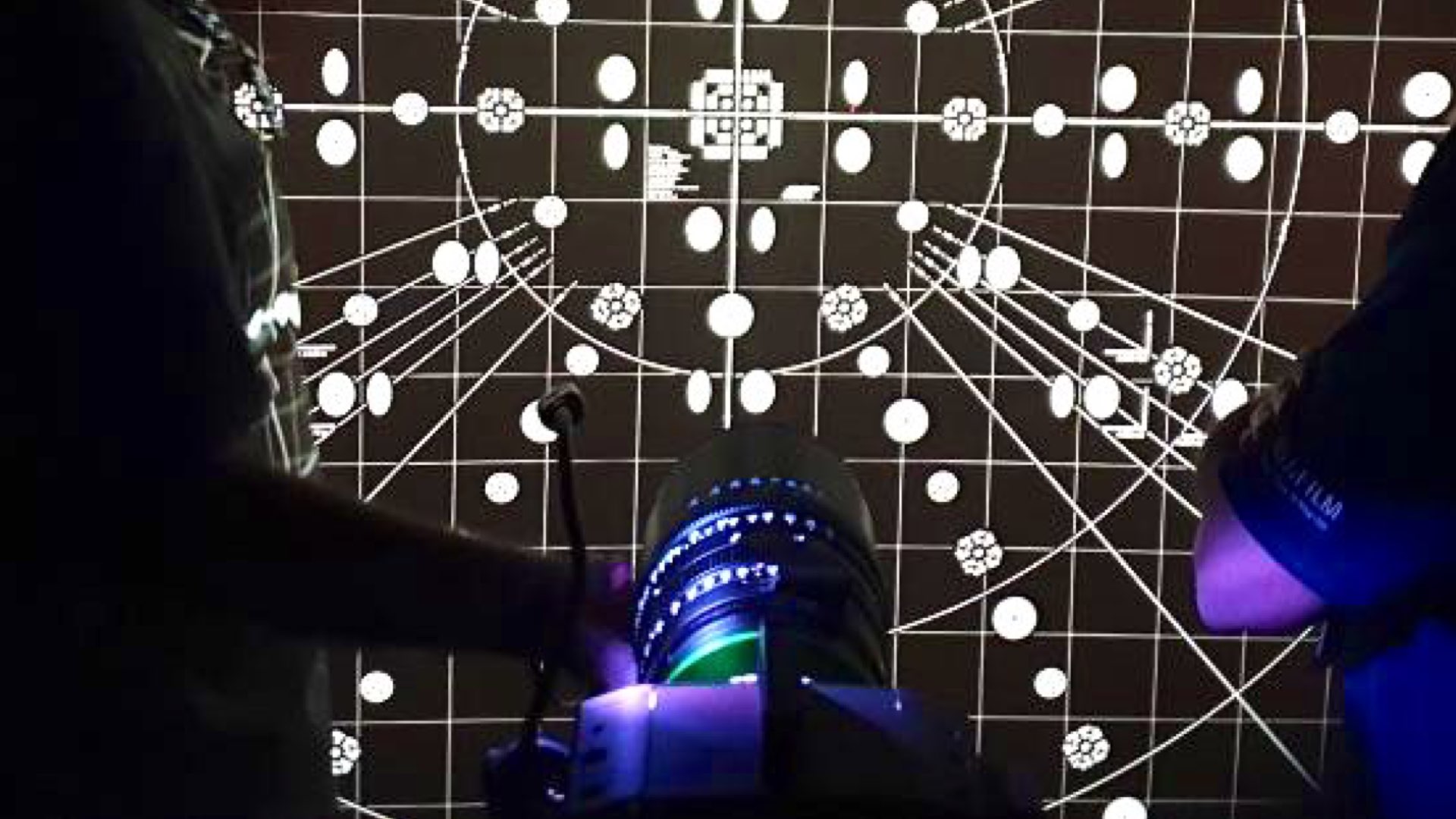
Lens Projectors
Chrosziel is a company that innovates and manufactures excellent precision mechanical, optical, and electronic products with more than 40 years of experience. At CineGear 2019, the company hosted a Lens Projection Master Class dedicated for large format lenses. The primary tool for the examination was Chrosziel’s latest Lens Test Projector P-TP7 that is dedicated to examining large format glass.
Click on the image below for a larger view of the TP7 Lens Projector:
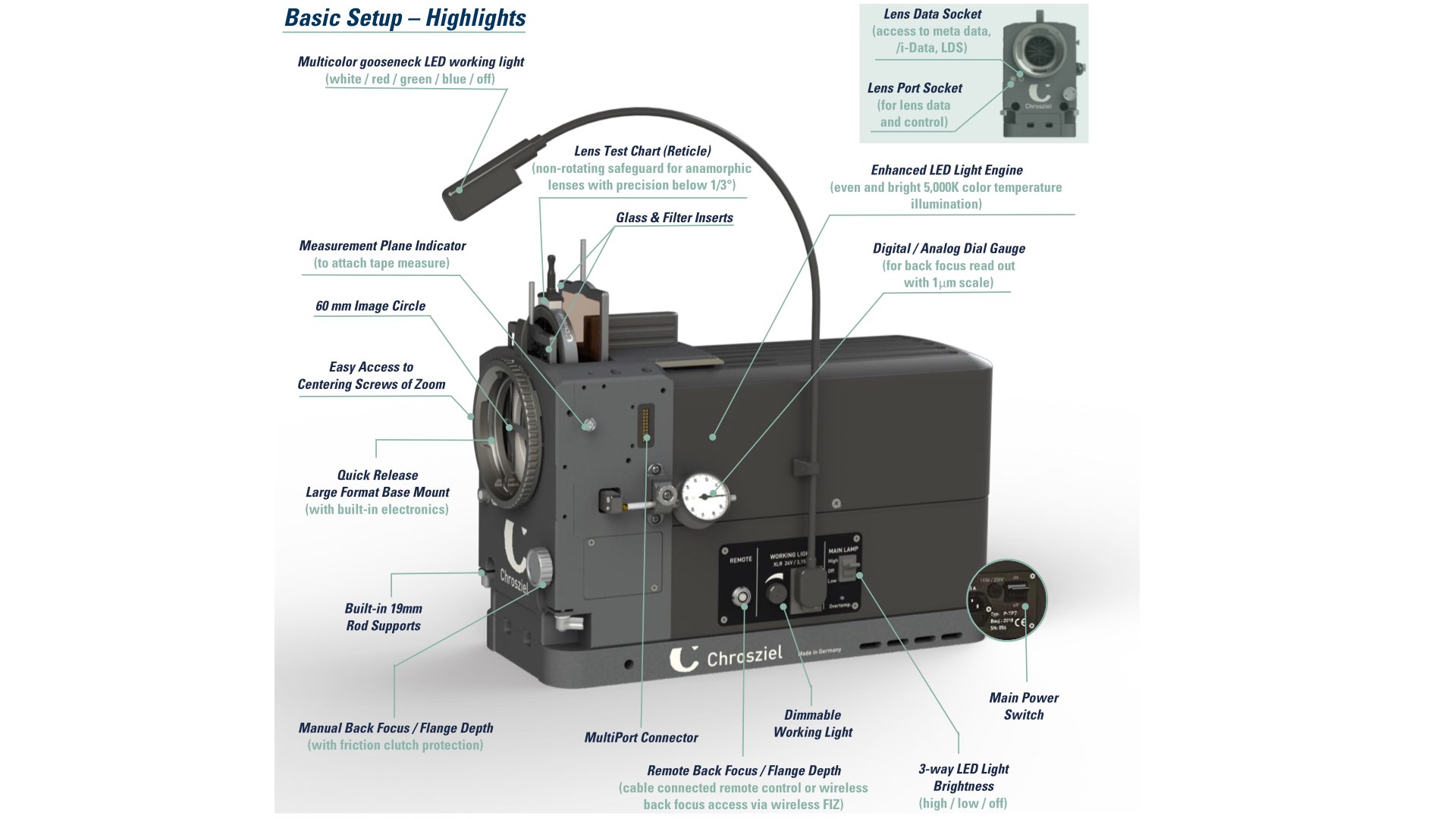
The LED light source of the TP7 illuminates a large 60 mm image circle for simulating large camera sensors beyond full frame, like ARRI Alexa LF, ARRI Alexa 65, RED Monstro, SONY Venice, and further developments. As we wrote here before, large format lenses gain popularity, and more and more DPs consider using those large-format glasses in their productions.
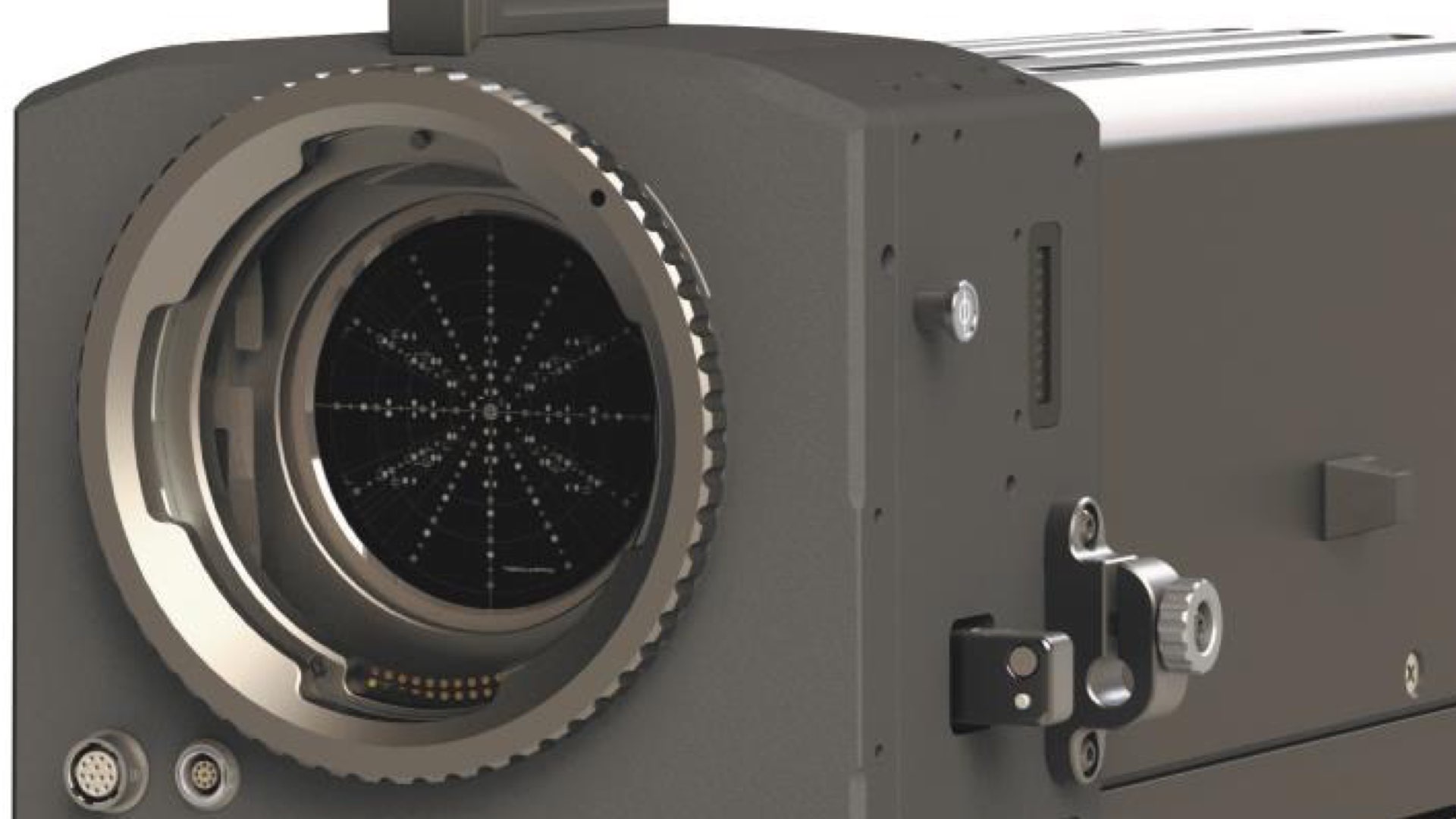
Lens projectors are the most accurate way to judge cinema lens performance, since It allows to neutralize the camera factors and to take them out of the equation
Neutralization of camera factors
The regular pathway of light is to enter the lens into the sensor. However, in lens projection, this pathway is reversed. The light comes from the projector, into the lens and projected on a wall. Using a calibrated chart implemented into the lens projector, lens technicians are able to judge major characteristics of the lens. One of those parameters is coverage and image circle of the lens. This device allows the privilege to explore the vignetting of the lens.
Furthermore, lens technicians can test the sharpness favor of the lens and compare it to a few areas in the lens (center vs. corners) without any camera impact. The camera has no factor in this examination. Moreover, the breathing parameter can be checked, as well.
Lens projectors are the most accurate way to judge cinema lens performance since It allows to neutralize the camera factors and to take them out of the equation.
Below you can find some BTS footage taken from the MasterClass:

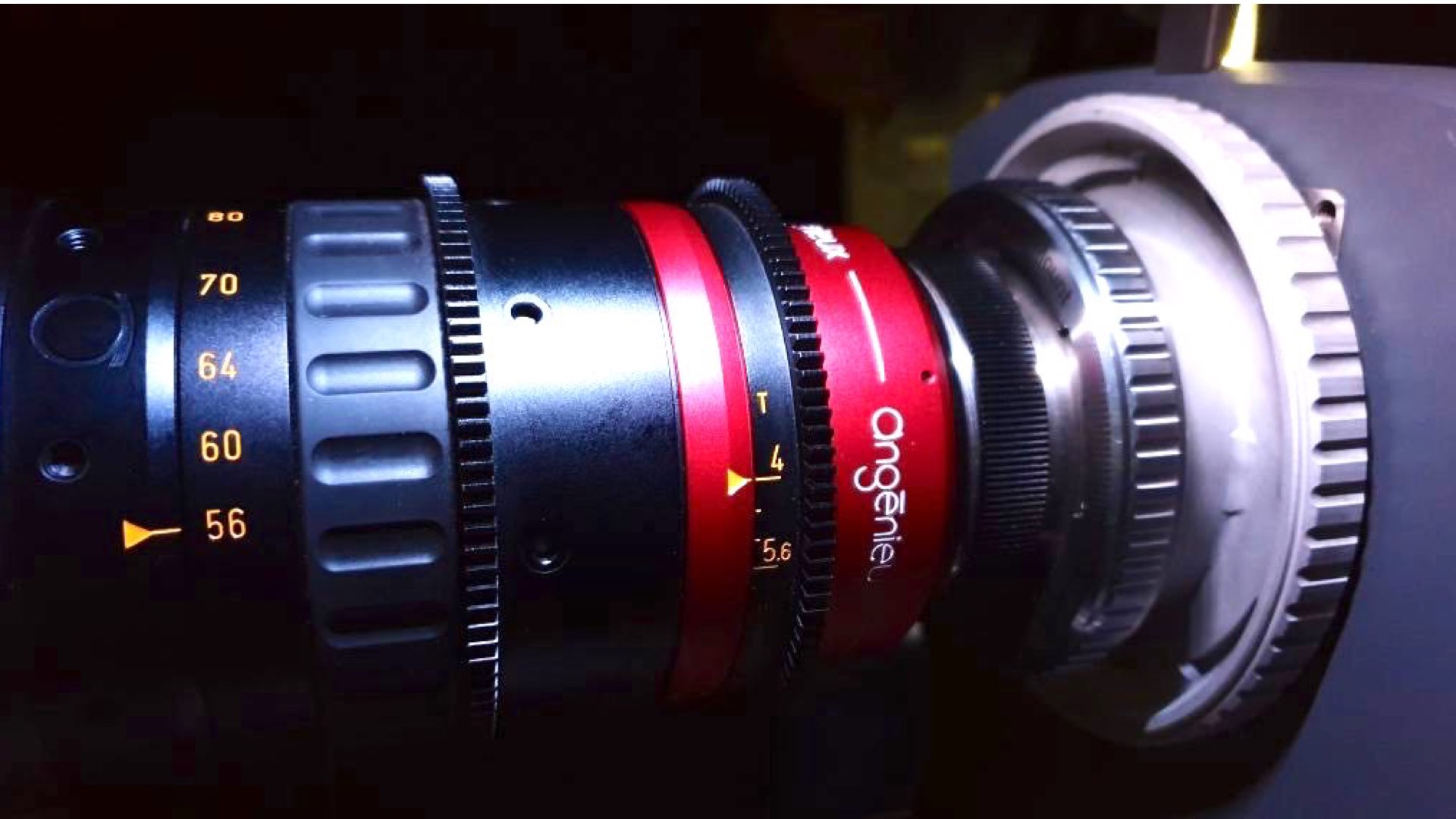
There is no “perfect lens.”
It’s important to note that there is no such thing as a perfect lens. For instance, sharper doesn’t mean better. Some DPs prefer to soften the image to make it for film-ish. It all depends on the DP/ Director preferences according to the story he or she would like to tell. The lens projectors are yet another tool to test your cinema lens.
Would you use Lens Projectors to test your precious glass? Comment below.

